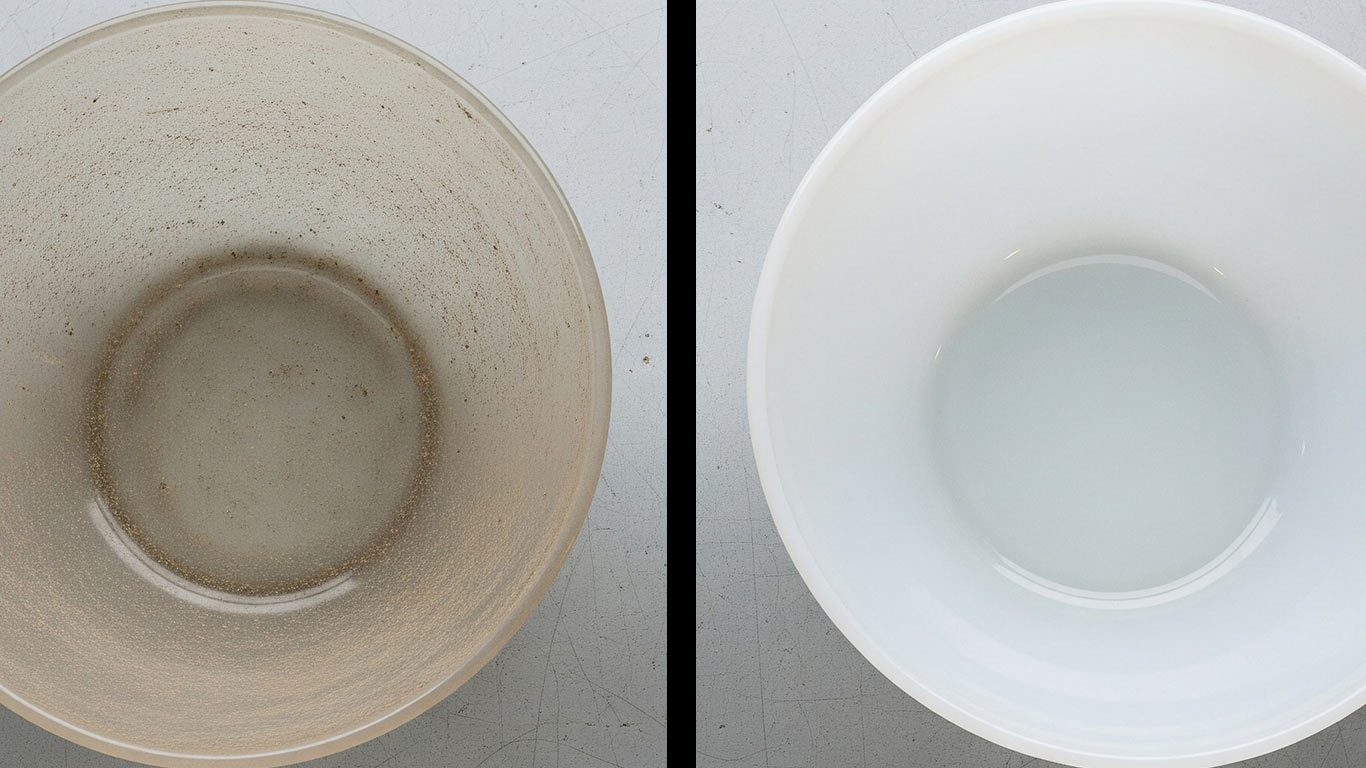
FDA
FDA 21 CFR 1040.10 - Laser Product Performance Standards



When laser cleaning Pyrex, watch out for thermal shock right from the start—its low expansion under heat sets it apart from ordinary glass, letting you ramp up the process safely without risking cracks and restoring labware efficiently for repeated scientific use
You see the Pyrex surface rough and dotted with dark specks of grime.
Contaminants form thick, uneven layers that hide the underlying texture completely.
Scattered debris clings tightly, creating a cluttered and dull appearance overall.
After cleaning, the Pyrex surface appears smooth and free from any specks.
No layers of contaminants remain to obscure the natural glass texture.
The view shows a uniform, clear finish that gleams brightly throughout.

FDA 21 CFR 1040.10 - Laser Product Performance Standards

ANSI Z136.1 - Safe Use of Lasers

IEC 60825 - Safety of Laser Products

OSHA 29 CFR 1926.95 - Personal Protective Equipment